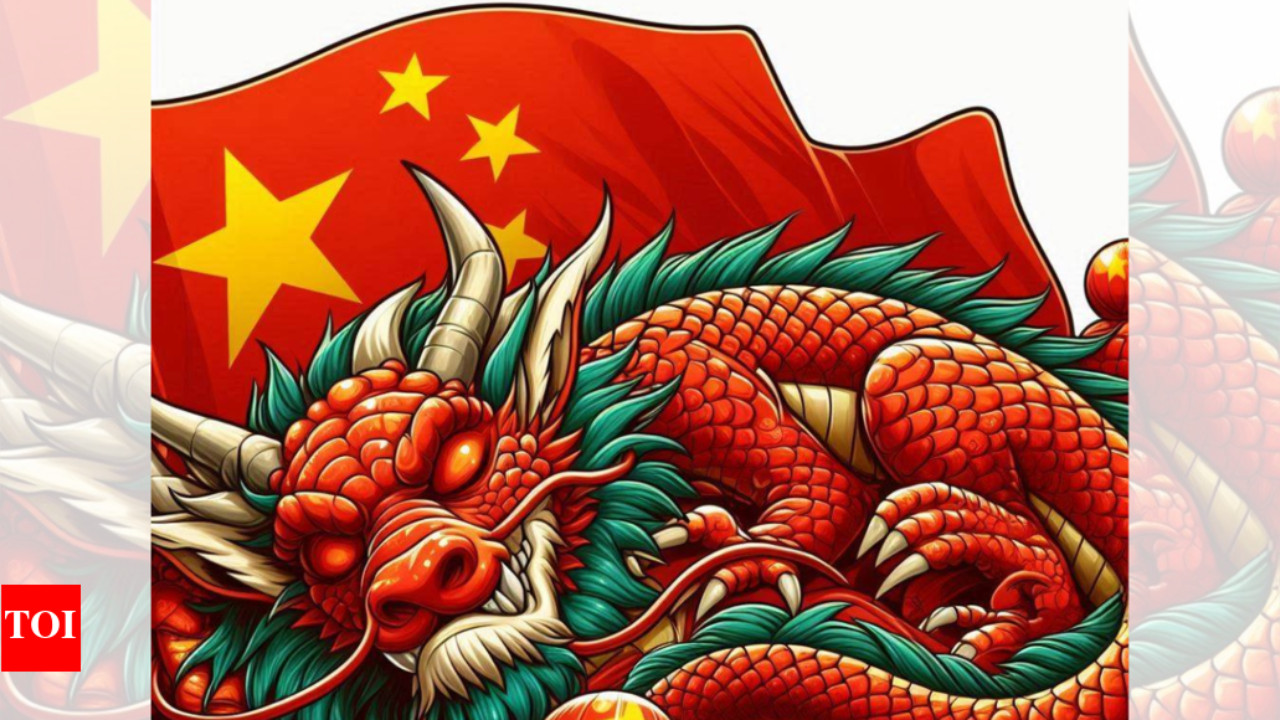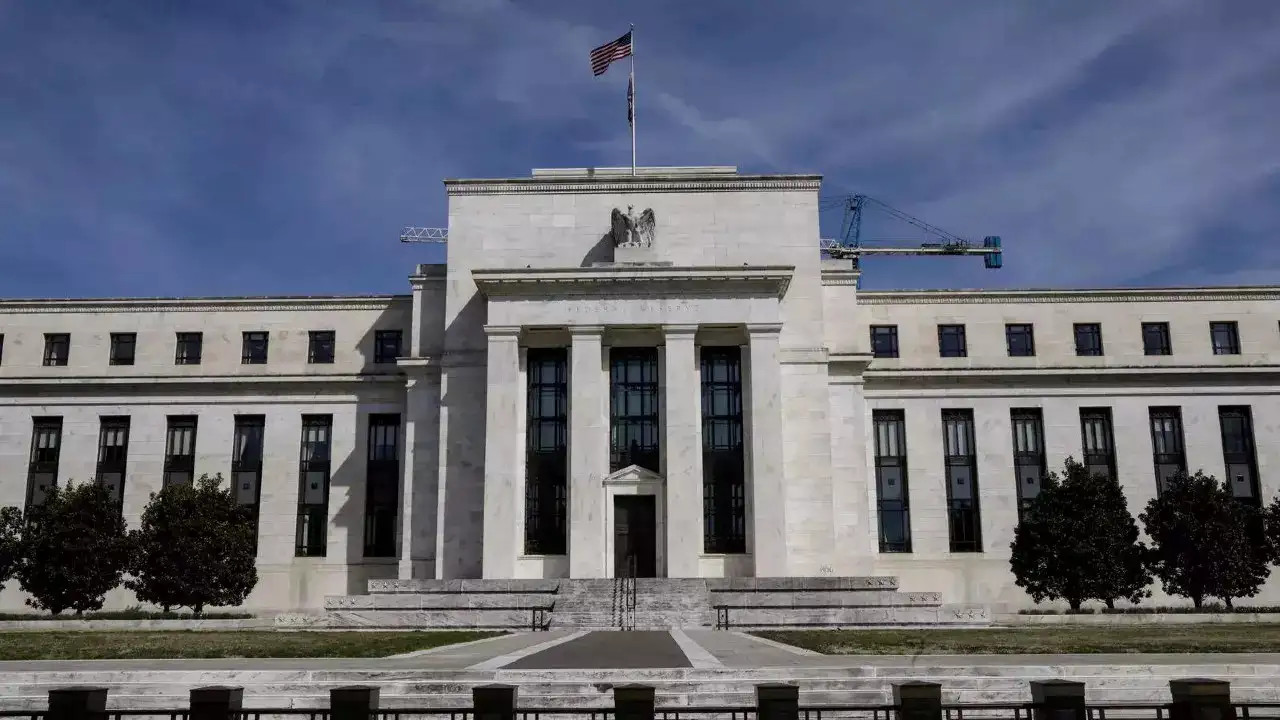India has emerged as a global leader in real-time digital payments, primarily driven by the Unified Payments Interface (UPI). Launched in 2016, UPI has revolutionized India’s payment ecosystem, processing over 18 billion transactions monthly and accounting for 85% of the country’s digital payments.
UPI’s Unstoppable Rise: How India Revolutionized Digital Payments
Imagine a world where splitting the bill with friends, paying your local chaiwala, or sending money to family across the country is as seamless as sending a text message. This isn’t some futuristic fantasy; it’s the reality fueled by the Unified Payments Interface (UPI) in India. Forget carrying wads of cash or fumbling with complicated online banking – UPI has quietly, yet powerfully, reshaped the landscape of Indian finance.
The numbers speak for themselves. India is now the undisputed global leader in fast payments, processing an astounding 18 billion transactions every single month. That’s not just a statistic; it’s a testament to the incredible adoption rate and the transformative impact UPI has had on daily life. It’s a digital revolution happening in real-time, and it’s changing how India does business.
Decoding the UPI Phenomenon
So, what’s the secret sauce behind this phenomenal growth? Simplicity, accessibility, and security are at the core. UPI, developed by the National Payments Corporation of India (NPCI), allows users to link multiple bank accounts to a single mobile app, using a Virtual Payment Address (VPA) – a unique ID that eliminates the need to share sensitive bank details. Forget memorizing account numbers and IFSC codes; your VPA is all you need.
This streamlined process has made digital payments accessible to a much wider audience, including those previously excluded from the formal banking system. Whether you’re tech-savvy or a newcomer to the digital world, UPI’s user-friendly interface makes it easy to navigate. 
But the benefits extend far beyond individual convenience. UPI has also become a boon for small businesses and merchants. Accepting digital payments eliminates the hassle of handling cash, reduces the risk of theft, and simplifies accounting. It’s also broadened their customer base, allowing them to tap into a digitally-savvy generation comfortable with mobile transactions. In a country where small and medium-sized enterprises (SMEs) are the backbone of the economy, the impact is profound.
Driving Economic Growth and Financial Inclusion
The surge in UPI transactions isn’t just about convenience; it’s a powerful engine for economic growth. By facilitating seamless transactions, UPI has fueled increased consumption and boosted economic activity across various sectors. It’s also fostering financial inclusion by bringing more people into the formal banking system, promoting transparency, and reducing reliance on informal lending practices.
The Indian government has actively promoted UPI, recognizing its potential to transform the economy. Initiatives like incentivizing digital payments and integrating UPI with various government services have further accelerated its adoption. For example, users can pay bills, taxes, and even fines directly through UPI, streamlining processes and reducing bureaucratic hurdles.
The Road Ahead: Innovation and Expansion
While UPI has already achieved remarkable success, its journey is far from over. The NPCI is constantly innovating and expanding the platform’s capabilities, exploring new use cases, and enhancing security features. Efforts are underway to make UPI interoperable with other payment systems globally, paving the way for cross-border transactions and further solidifying India’s position as a leader in digital finance.
For those interested in learning more about the broader trends shaping the financial landscape, check out our article on [the future of fintech in India](link-to-related-article).
The rise of UPI in India is more than just a technological success story; it’s a testament to the power of innovation, accessibility, and collaboration. It’s a digital revolution that is transforming the Indian economy, empowering its citizens, and setting a new standard for digital payments globally. As UPI continues to evolve and expand, we can expect even greater impact in the years to come, further solidifying India’s position at the forefront of the digital revolution. The digital payments future looks very bright.







